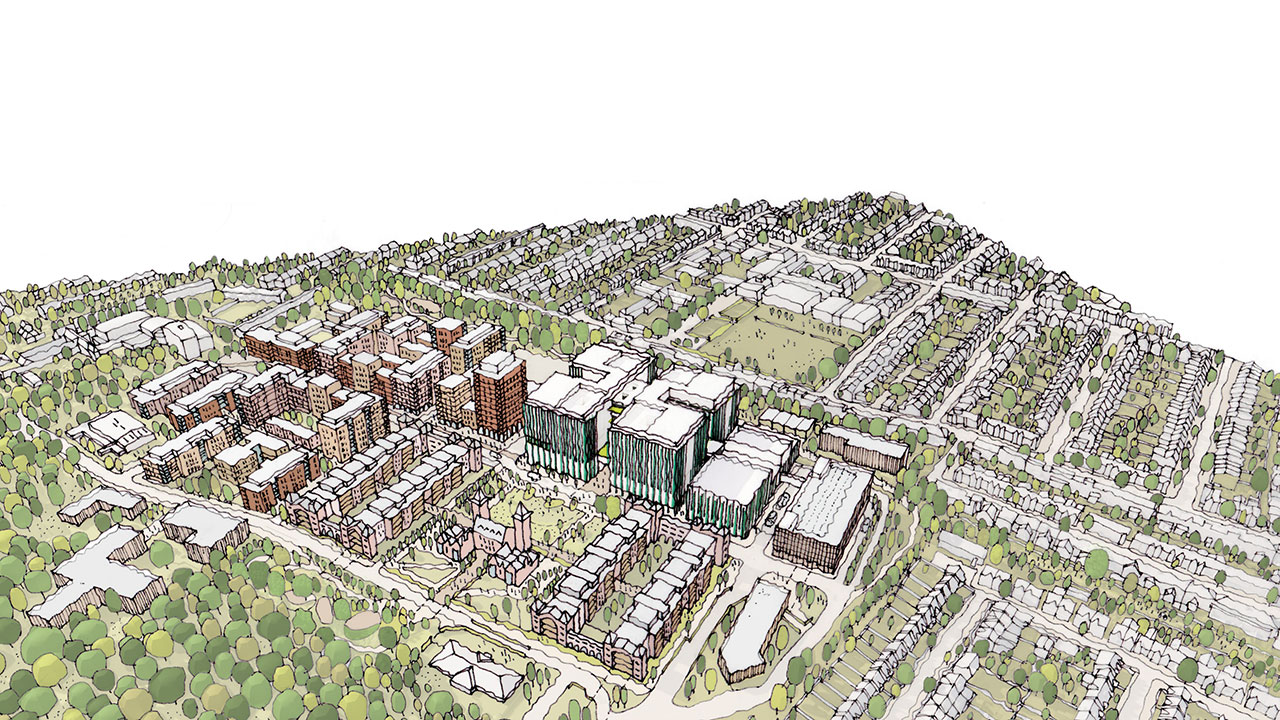
Horea Lea, part of the Tetra Tech High Performance Buildings Group, designed Whipps Cross University Hospital to create an integrated health campus with a new 500-bed hospital, prioritizing elderly and maternal care, reducing inequality, and advancing healthcare.
Challenge
Whipps Cross, an area in London, faced inadequate healthcare facilities, particularly for elderly patients and maternal care. The client’s vision is to build a new 500-bed hospital to improve health outcomes and reduce inequalities. The project required doubling the capacity of computerized tomography (CT) and magnetic resonance imaging (MRI) scanners, increasing the proportion of single rooms from 17 percent to 70 percent, and accommodating an additional 10,000 more day-case surgeries with nearly a 50 percent increase of day-case spaces.
Solution
Tetra Tech provided comprehensive support in designing the hospital, incorporating cutting-edge net zero carbon thinking. Tetra Tech embraced innovative approaches to create a sustainable space fit for future generations. The design featured the implementation of air and ground source heat pumps and Passivhaus levels of insulation and infiltration control as utilization of low embodied carbon materials.
Benefits
Our design brings together a collection of connected services, medical teams, and supporting infrastructure designed around the needs of the local community, including housing, leisure, and cultural spaces that will provide holistic care and well-being. By addressing the client’s challenges through our differentiators, innovative approaches, and utilization of technology, Tetra Tech has not only exceeded their expectations but also positively impacted the lives of those who utilize the facility.
Whipps Cross achieved a BREEAM Excellent rating.
At a glance
Client
Barts Health NHS Trust
Architect
Ryder Architecture
Services
Acoustics, Building Research Establishment Environmental Assessment Method (BREEAM), Information and Communications Technology (ICT) consulting, sustainability consulting, vertical transportation
Project by
Hoare Lea